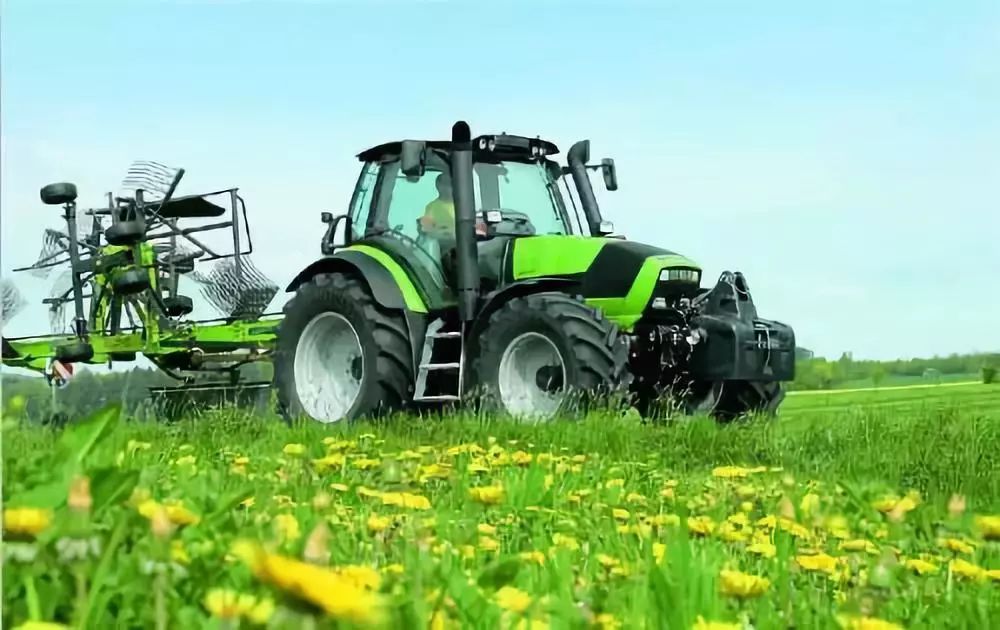At present, everyone is exploring the application of large models in various industries, but there are still some areas that are relatively unpopular, such as agriculture. This article, as an expert in this field, takes us to understand the application of large models in the industry, hoping to be helpful to you.
From the current industry trends, the pig industry is continuously expanding, and the annual inventory and inventory data are continuously improving.
From the perspective of data collection, pigs are the most widely collected and standardized among all aquaculture industries. From video surveillance, ear labels, body temperature and condition, a series of data on the entire life cycle of pig growth can be provided, especially for sows.
From the perspective of participating manufacturers, many unmanned pig technology companies related to large pig farming enterprises are laying out AI artificial intelligence, and behind them are several large factories such as BAT, which is an effective cross-border integration of industry experience and AI experience.
In unmanned farms, the large agricultural machinery and drones we often use also have a lot of data, but the current level of automation is slightly lacking, and most of them are pre planned action routes.
Now, with the improvement of the recognition ability of binocular and multi camera cameras and the convenience of network communication, several leading enterprises have been able to implement real-time control on the ground through edge computing, and there will be a big model in use here.
It should be noted that although remote sensing satellites have a large amount of data, they are mostly used in a single use, 2G projects, and the true commercialization level is relatively low, so there is no value point for large models. At present, the real-time rendering of remote sensing satellites also results in slow system response and time-consuming loading. There are significant advantages only in generating reports based on satellite remote sensing data.
In summary, the major models in the agricultural field will prioritize these opportunities in the future. Some of them are industry-specific large models, while others are unique to the agricultural industry. Furthermore, no matter how large models are applied in digital agriculture, it is necessary to first have sufficient volume of data (stock data for training models), as well as automated business operations (incremental data for optimizing models).


没有reply内容